Have you adopted a dog but cannot leave him alone because it destroys your house, cries and barks? He probably suffers from detachment and loneliness. Our dog educator and friend Genny explains what exercises to do to avoid your dog’s separation problems!
Separation anxiety is one of the most frequent behavioral problems in dogs and can originate from excessive dependence or excessive attachment of the dog to one or more family members.
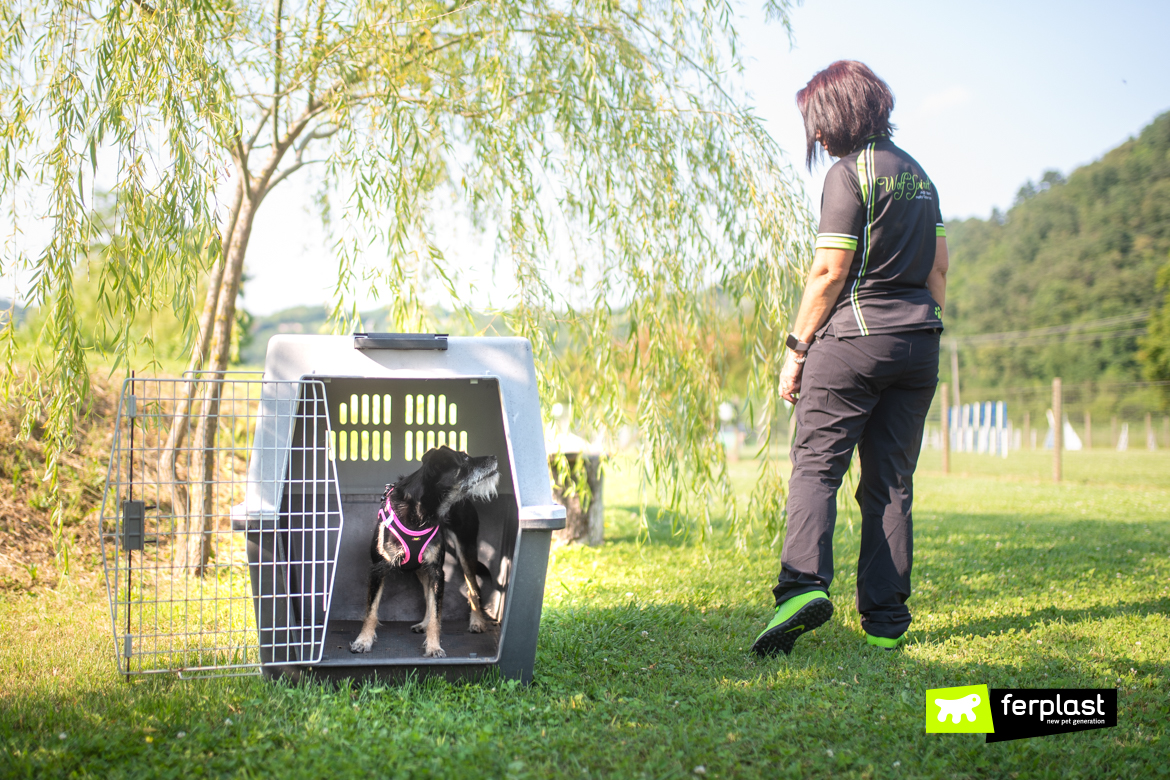 Separation anxiety: symptoms
Separation anxiety: symptoms
Separation anxiety can manifest itself through three symptoms:
– destruction of objects and things surrounding the animal;
– vocalizations, i.e. barking, crying, moaning;
– elimination of feces or urine in an inappropriate place.
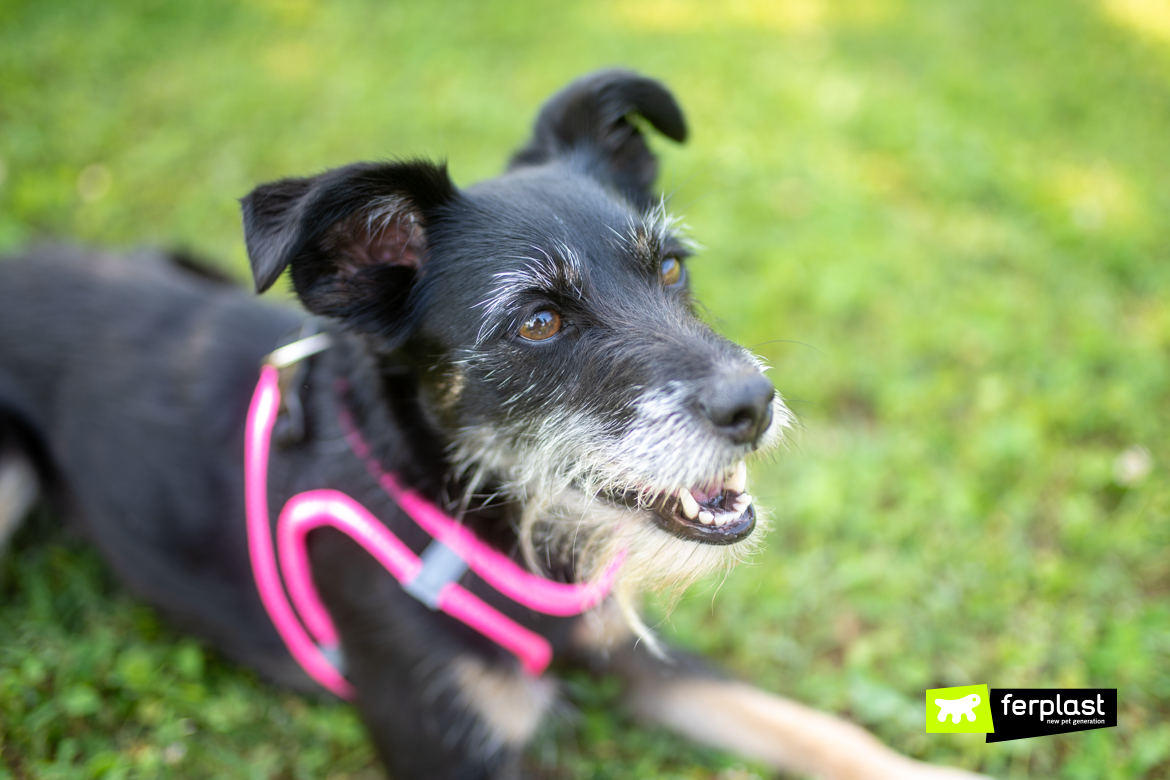
How to overcome separation anxiety in the dog, advice from the trainer
Separation anxiety is a problem that can be treated and controlled. “Therapy” includes a set of rules of conduct that must be applied by all family members.
Try to follow this procedure:
1. Phase of emotional detachment. You can get the dog used to your absence by trying not to spend the whole day with him; if you are at home, maybe try to stay in two different rooms, leaving him some games to spend time with.
2. Give your dog something to do when he is at home alone: leave games and chewing toys at home for boredom moments, diversions that will keep him busy and away from furniture!
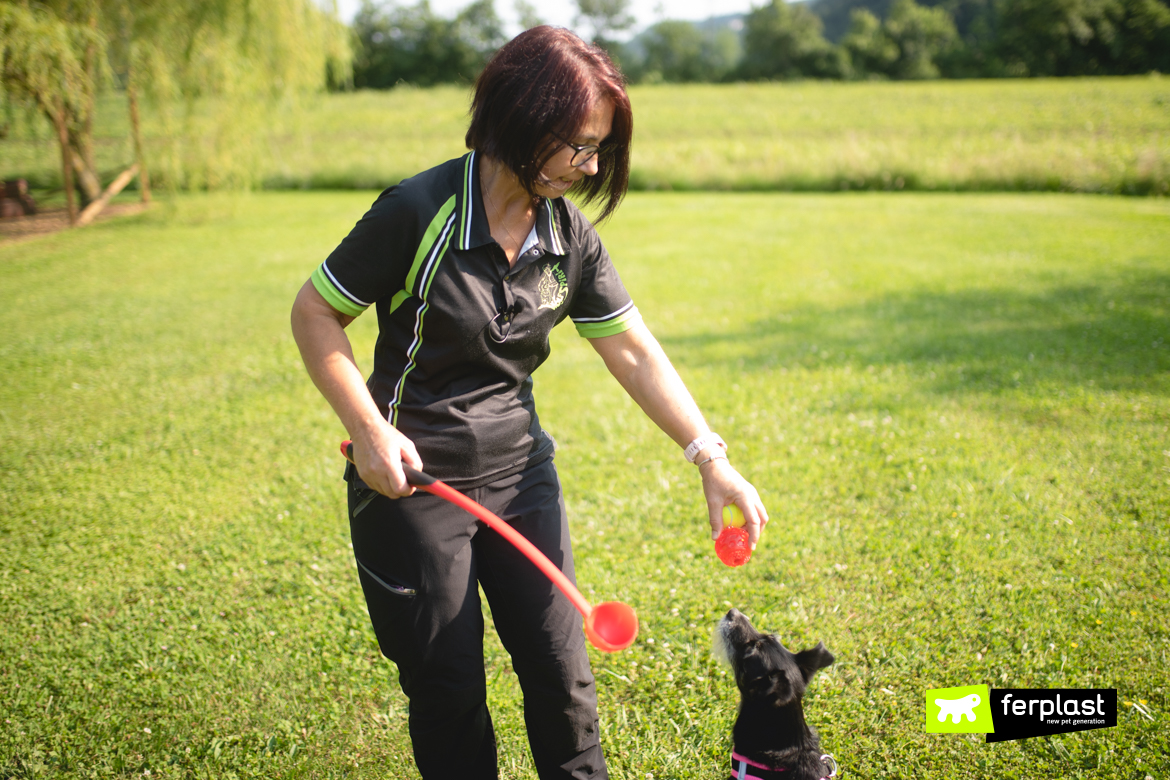
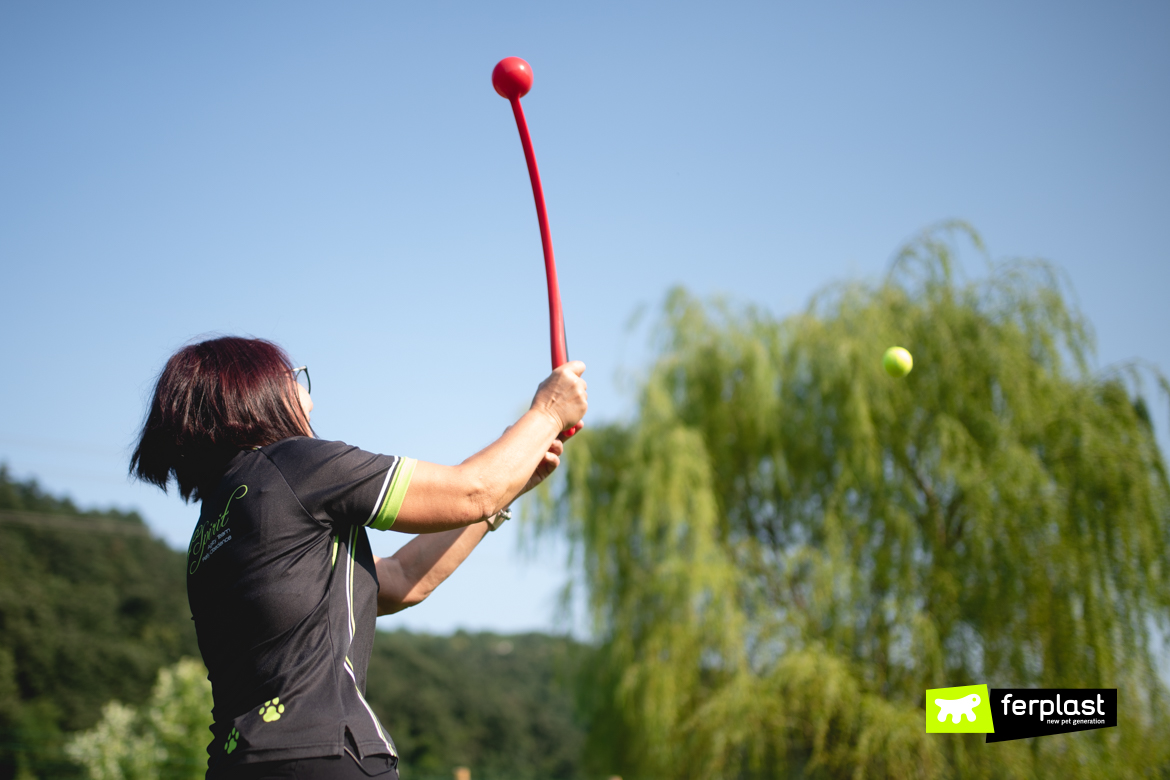

3. Do physical activity with the dog before leaving the house: play or go for a walk, socialize it with other dogs and obviously pamper him, so that he gets tired enough and once he comes home it will go to sleep.
4. Create a space for your dog, a safe place, for example you can use the pet carrier or a crate that will become his safe “lair” and far from danger, where he can take refuge and sleep undisturbed. If the dog does not have a safe place in the house, he will hardly be quiet without you.
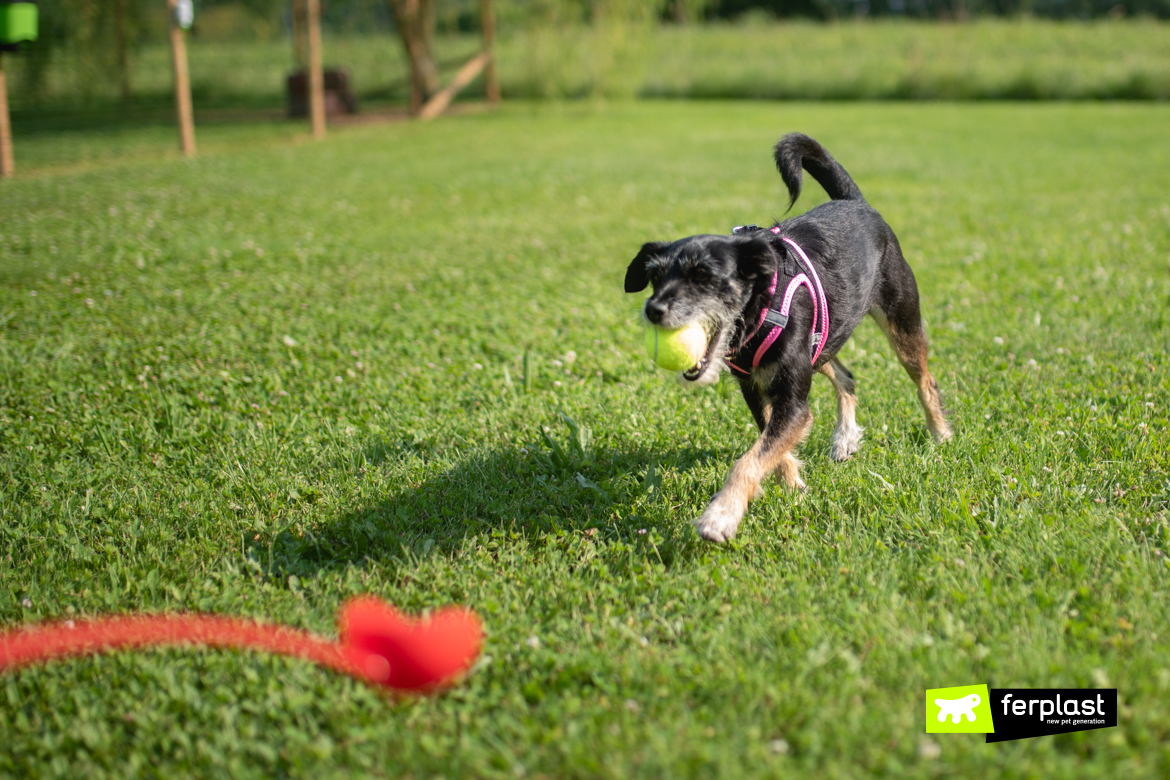
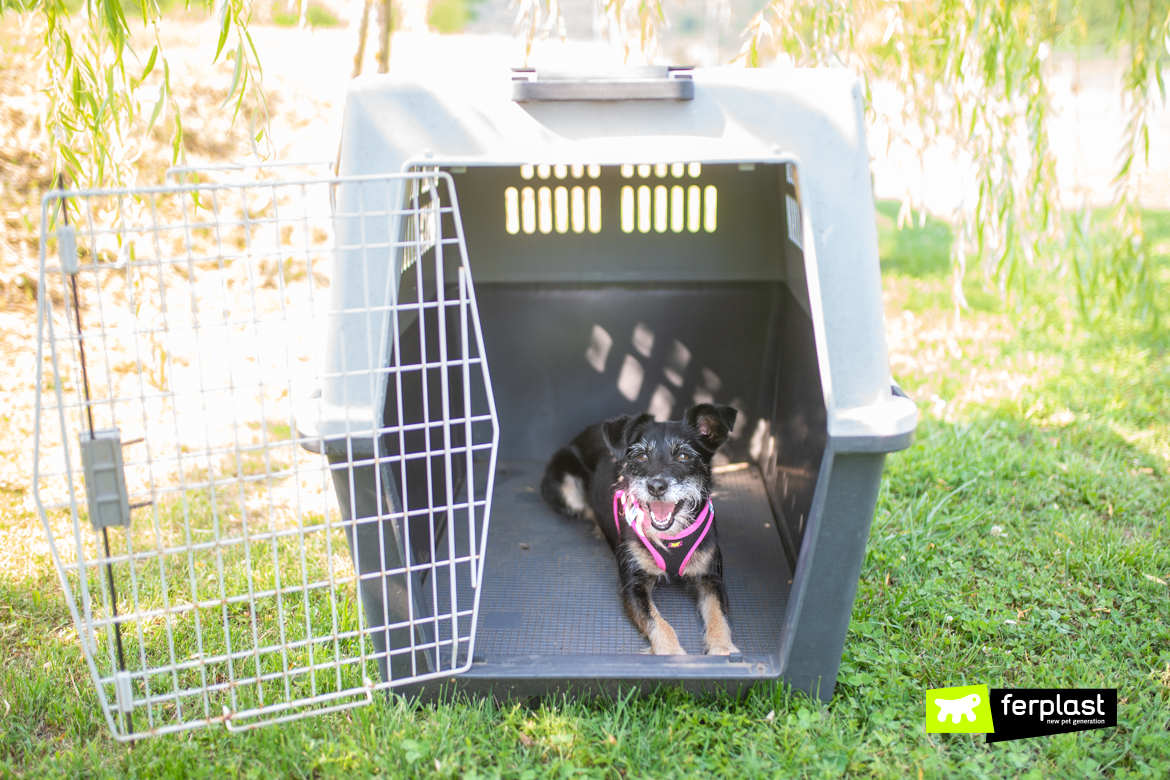
 5. When you get home, show him that you are happy to see him, but avoid encouraging his hyperactivity by letting him jump on you, hug him, pick him up or reassure him in an exaggerated way.
5. When you get home, show him that you are happy to see him, but avoid encouraging his hyperactivity by letting him jump on you, hug him, pick him up or reassure him in an exaggerated way.

To help Fido overcome this fear, there is no need to resort to the use of medicines or treatments, as always you need to have patience and empathy towards the hairy. Remember that you must never prove to the dog that you feel guilty because you are about to leave, but neither must you fill him with attentions when you come back in as if you haven’t seen him for a long time!

